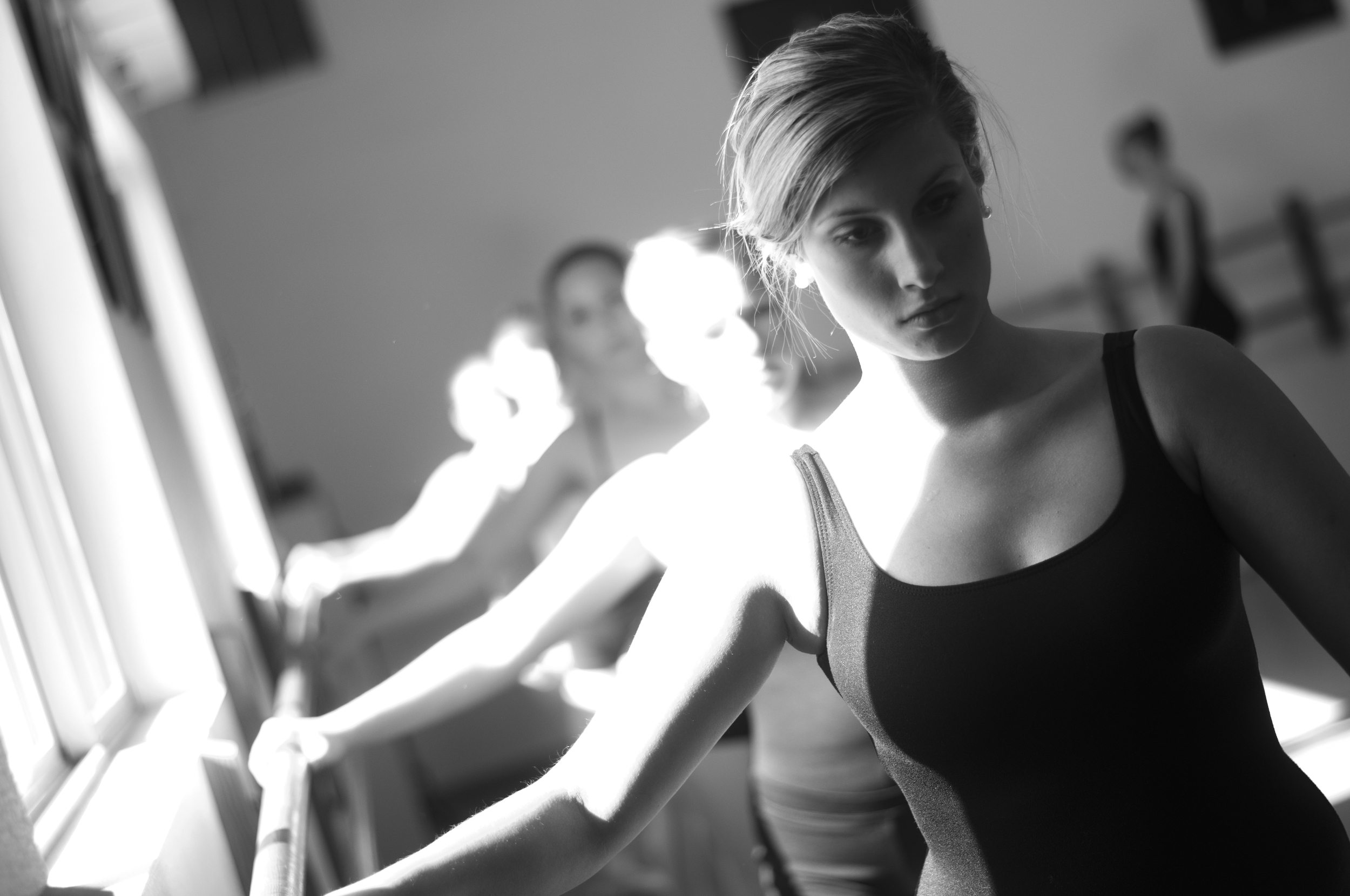Smizing through the pandemic
/For nearly two years, we have been dancing through life behind a veil of cloth. While mask mandates swept the nation, the dance industry adjusted to teaching our art under new guidelines. As a dance studio owner, I felt the pain from my students when classes were transitioned to online learning only. Given the alternative, dancing in a mask was a small sacrifice in order to stay moving and creating art. And the energy in the air was palpable when they were finally allowed back into the studio. And I felt their ear to ear grins - even though they were covered up. And now here we are, going into another season of training dancers - performers - without being able to see their faces. As a teacher, I wondered if they were receiving the training needed to emotionally connect to an audience. When these masks come off, will they be ready?
With these questions swirling in my head, as I know they are for many other teachers, I have decided to do what dancers do best - pivot! My old standby methods of teaching performance were not going to work while wearing masks. But there are opportunities to be found in every challenge, and I have developed new ways to integrate performance skills in to my curriculum. These exercises address teaching expression on stage in a way that still honors our current guidelines and the needs of our students.
Young dancers
Exercise 1: Sit in front of them with my mask on. Ask them to give me a thumbs up when I’m smiling and a thumbs down when I’m frowning.
Exercise 2: As part of their obstacle course portion of class, one of their stations is to stand in front of the mirror and smile at themselves.
Learning Goal: These exercises help them to recognize facial expressions, even from behind the mask. This can translate to them understanding that they need to smile while performing even under their masks because we can tell!
Elementary School Aged
Exercise 1: Have them sit facing the mirror. Give them an emotion and have them make the corresponding facial expression at themselves in the mirror. Emotions should be simple and clear such as happy, sad, angry, scared, surprised.
Exercise 2: Have them sit across from a partner. Ask them to make a facial expression and have their partner guess what emotion they are portraying.
Learning Goal: This helps performers express their emotions through their faces and recognize that emotional quality in another person. This also allows them to shape their faces and see the result and what areas of their face the mask is covering, while using the areas that are visible.
Teen dancers
Exercise 1: Assign them an emotion to express through their face and their bodies. Emotions can be more complex such as frustrated, worried, excited, nervous, joyous. Allow them time to improv (create their own movement) representing this emotion. You can also call out a new emotion every 30 seconds and have them change emotions. I recommend using instrumental music or silence for this exercise.
Exercise 2: Assign a partner to each dancer and have them watch their partner move and attempt to determine which emotion they are displaying. Then have them discuss with their partner. Was the emotional portrayal clear? Did the movement style reach their eyes? How did the mask make it more difficult to connect to the emotion? What are ways to emotionally connect even with your face covered?
Learning Goal: Our older performers are capable of expressing more complexity in their emotional performance and should be able to blend their movement style and facial expressions to connect to an audience. Receiving honest feedback from peers about what aspects of their performance is connecting emotionally is extremely valuable.
We all anxiously await the day where we can spread those smiles wide and see the joy on each other’s faces. Until that time though, performance is still an essential element of training for every performing artist - so embrace those masks, and just keep smizing through!


